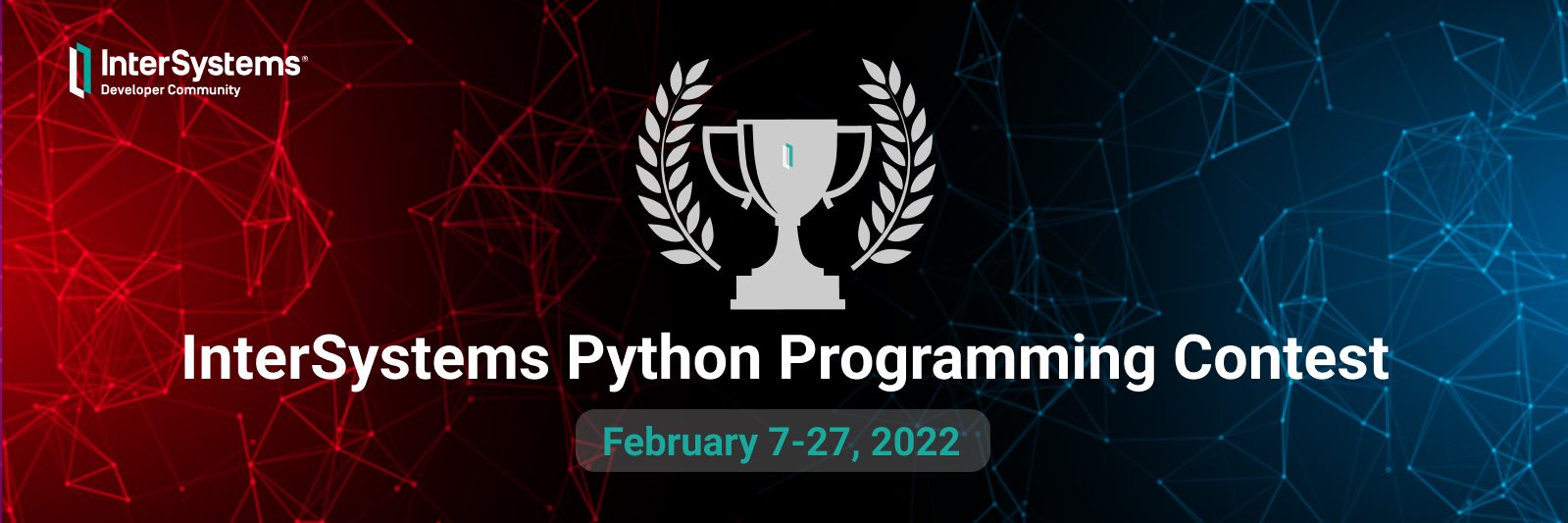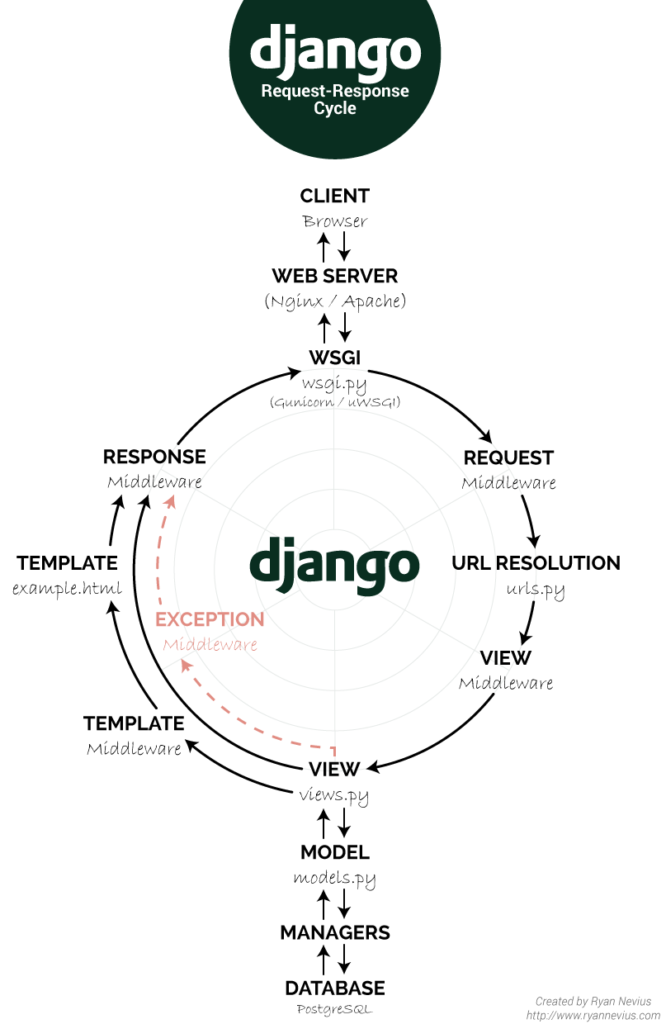Hi Developers!
We are pleased to announce the next competition in creating open-source solutions using InterSystems IRIS Data Platform!
Please welcome the third InterSystems IRIS Online Programming Contest for Developers!
And the topic for this contest is InterSystems IRIS Native API.
The contest will last three weeks: May 18 – June 7, 2020.



.png)

